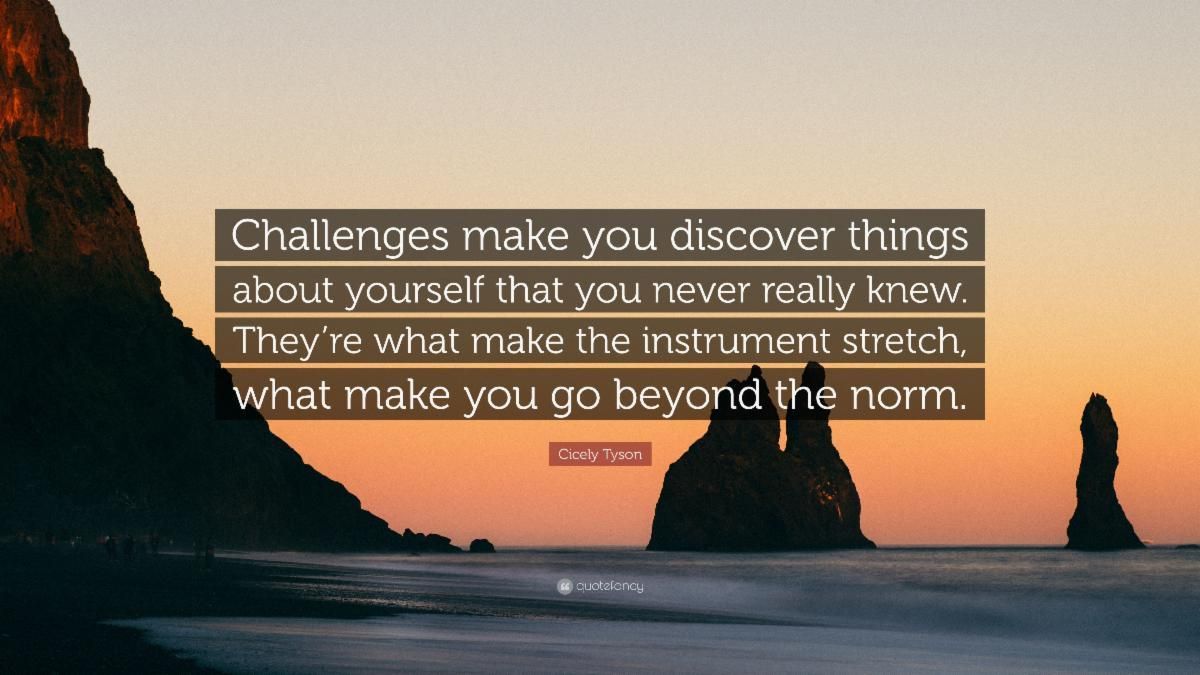
March 4, 2021
The Most Common Reason Teams Suck At Selling Solutions
It’s simple: if you want your sales organization to sell solutions, they have to be engaged with leaders who can buy solutions.
In a project last year, I analyzed a client’s sales forecasts. After talking with a few members of the sales team, it was easy to diagnose at least one major reason for their underperformance. I suggested that 40% of the deals in their pipeline never made it to a proposal because they were not talking with a legitimate buyer. Regardless of how well the company fit the client profile, they were not in discussions with the leaders who had the financial authority to make a decision about purchasing their products and services.
The client went back and did some further investigating on my observation. They came back to me saying they thought it was more like 60% of their pipeline fallout that could be attributed to this single reason.
This is a very common problem, and the unfortunate reality is that companies can spend millions, or maybe even tens of millions of dollars in time, effort, energy, and travel costs (when they do travel, of course) pursuing business with client contacts who are unqualified to say, “Yes. I can buy from you.”
Your team may be stuck, or worse, comfortable, calling people who can’t authorize a purchase. These contacts are the purchasing contacts, supply chain team, mid-level engineering, and other functions that may or may not have influence. Or they can execute a small order, but never authorize the full-scale solution you could provide with great value.
If you want your sales organization to execute strategy by selling solutions, you will need to make a practice of helping them find the leaders who can buy your solutions. As executives, that means making it clear about who those targets are, ensuring your team fully understands the value to clients in terms of business outcomes, and providing coaching for your team. Focusing sales efforts to high-level executives may feel uncomfortable and there is no question about the degree of difficulty. But the return on that hard work will be obvious when your team starts to understand that sales efforts directed at people who can’t ultimately buy are often futile.
I address this topic further in my LinkedIn Learning Solutions Sales, which is free for your team with LinkedIn Premium or a 30-day Premium trial.
Change Isn't Luck
I’ve written a lot about innovation because creating appropriate space in your company for innovation can catalyze growth and affect business outcomes. An exemplary case study of innovation driving change on a large scale is happening right before our eyes with Moderna – the (previously) small, biotechnology startup that has been at the forefront of Covid-19 vaccination research and production.
From the outset, Moderna’s Co-Founder and Chairman Noubar Afeyan built the company with a focus on proactive thinking and cultivating promising ideas. Thinking ahead is sewn into the organization’s DNA, and allowed them to innovate at rapid pace as Covid-19 halted the globe this past year.
Forbes recently published an article about Afeyan and his impact-inspired drive for innovation. In this article, Afeyan poignantly said, “If you want to dedicate your life to innovating and impacting society through start-ups, tell yourself that it’s not a lottery.” This is a refreshing reminder for each of us: change doesn’t happen by luck – it has to be nurtured. Whether the objective is achieving bold, new goals or getting back to status quo, Afeyan’s perspective would suggest that you first make sure your work environment is a place where innovation can flourish.
Here’s a link to the Forbes article:
Moderna Cofounder Noubar Afeyan On Innovating To Drive Real Change (forbes.com)
Current Read:
Unanswered emails used to be an etiquette faux pas, but with the overreliance on email these days, it seems to be an everyday thing. You know the feeling of sending an important email, then anxiously awaiting a response for days on end. It can be so frustrating! In a world with seemingly endless emails, I revisited this Harvard Business Review piece that features guidance as relevant as ever about sending follow up emails that will get the job done:
How to Follow Up With Someone Who's Not Getting Back to You
Quotable:

Next Steps:
Join me on Tuesday, March 9th at 10 am Eastern for another LinkedIn Live as we discuss leaderships issues that masquerade as communication issues.


